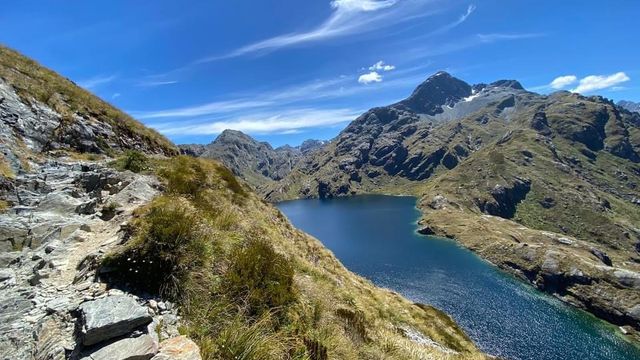Submit New Peak
Thanks for taking the time to add to our ever-growing Peak Directory. Your contributions will help inspire countless other peak baggers in their quest to explore our beautiful mountains.
Please read the guidelines below. When ready, click the green button below to acknowledge that you have read and understood these. The submission form will then appear on screen - simply fill it out and hit 'Submit' when done.
Note: it can take a while for completed forms to upload so please wait for a confirmation message to appear before closing the window you are working in.
We will review your submission and prepare it for publication.

New to submitting a peak? Please read our guidelines for new Peak Directory submissions.
Be in the know before you go! 🌿